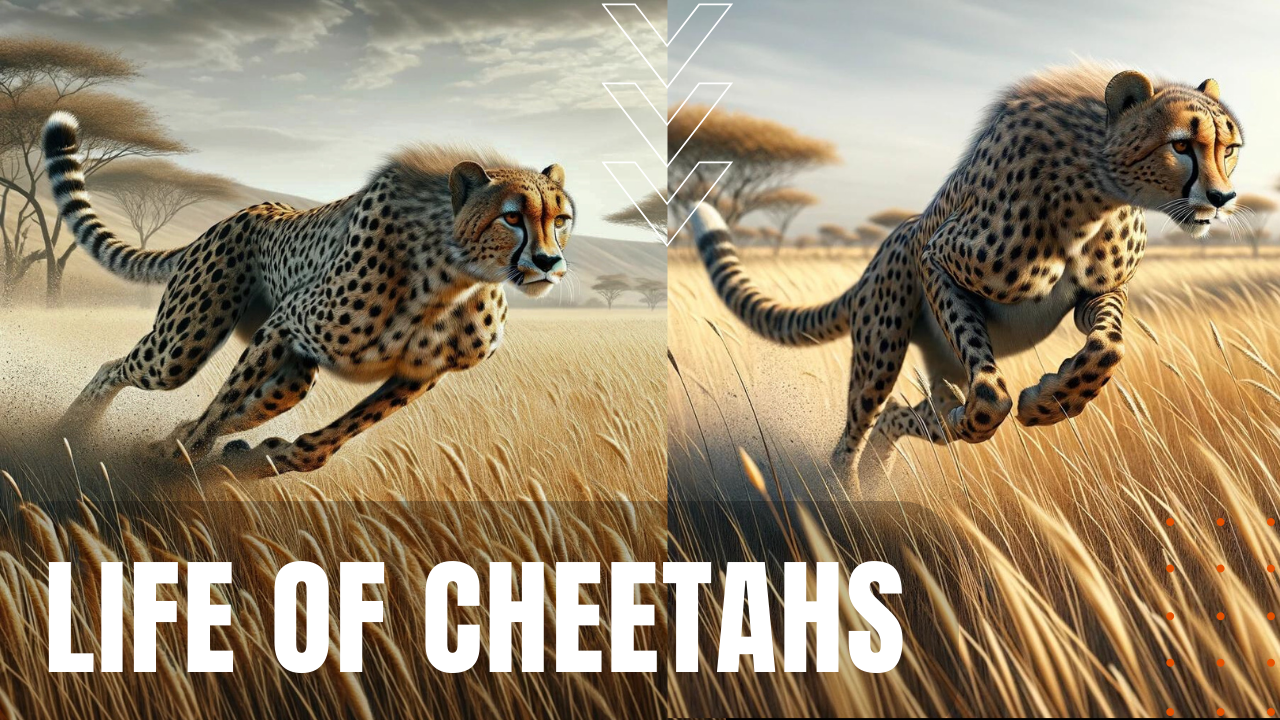The Life of Cheetahs

Cheetahs or Acinonyx jubatus once roamed from the Arabian Peninsula to central India to Africa, yet as of 2005, Cheetahs can only be found in 25 countries on the African continent. Considered the fastest of all apex predator cats—with speeds up to 80 miles per hour—Cheetahs favor habitats from grasslands to deserts, and while they’re known to climb trees on occasion, Cheetahs are predominantly terrestrial in nature. Weighing from 75 to 140 pounds and standing 44 to 56 inches tall at their shoulders, Cheetahs exist in five recognized subspecies, including Northwest African, East African, South African, Northeast African and Asiatic Cheetahs.
Promiscuous Cats
Sexually promiscuous by nature, males associate with females only for mating—oftentimes mating multiple females in a single day, while providing no care for their offspring. Females reach their polyestrus maturity at 21 to 22 months of age, mating over the full course of the year, with an increased frequency during the African rainy season. Gestating their young between 90 to 95 days, females give birth to an average 2.6 altricial or helpless cubs, who open their eyes at 4 to 11 days after birth, before weaning from mother’s milk at 8 months of age.
Cubs With Wooly Manes
Remaining with their mothers until they’re 15 to 17 months old, young cubs also possess a long, wooly mane that extends over their head, neck and back for the first three months of life, most likely to make their less conspicuous to predators such as lions, hyenas and leopards, which in turn makes cheetah cub mortality rates the highest of any cat family. Hunting prey every two to five days, territorial or resident males defend their areas from other males, which range in size from 12 to 80 square miles, marking their territories with urine, claw marks, flattened grass or prominently deposited feces, while nonresident males known as floaters remain in a single area for no more than a handful of days.
Male Coalitions
Many males form coalitions with other males, communicating with vocal calls of yips and churrs when they become separated from their coalition group. With an estimated 6,500 cheetahs living in the wild or in captivity, the International Union for the Conservation of Nature lists cheetahs as a vulnerable species, due to habitat encroachment and human persecution due to livestock losses, making the life of cheetahs, a fast yet vanishing member of the animal kingdom.
